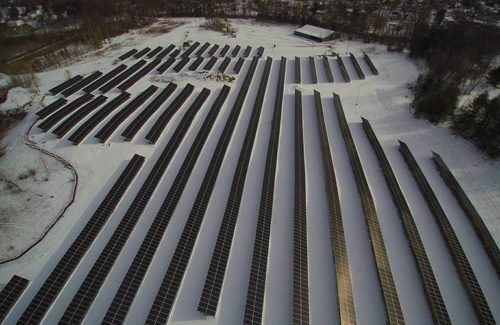The Dept. of the Treasury has issued eligibility requirements for “energy communities” seeking a 10% ITC or PTC adder via the Inflation Reduction Act (IRA).
The three categories of energy communities are explained in Sec. 45(y) and 48(e) of the Internal Revenue Code: 1) a brownfield site, 2) a location that has a 0.17% or greater employment rate or 25% or greater tax revenues related to fossil fuel extraction, processing, transport or storage, AND has an unemployment rate at or above the national average unemployment rate for the previous year, and 3) a former coal mine, retired coal-fired power plant or brownfield on mine-scarred land.
“For decades, frontline communities across the country have borne the brunt of climate change, enduring adverse health effects and economic instability due to the boom-and-bust cycle of fossil fuel development,” said Abigail Ross Hopper, president and CEO of the Solar Energy Industries Association (SEIA), in a statement. “This program will funnel new jobs, cleaner air and low-cost electricity to tens of millions of Americans in disadvantaged communities, helping to make sure they’re a top priority when it comes to experiencing the benefits of the clean energy transition.”
A new government website includes a map showing acceptable energy communities. If a site would lose its “energy community” distinction during the solar or storage project construction period, it would continue to be considered an energy community based on the project beginning stage.
The Biden Administration today also announced federal projects that would support clean energy development in these energy communities. The Dept. of Energy has released a Coal Power Plant Redevelopment Visualization Tool and $450 million in funding for clean energy projects on current and former mine land. DOE is also making $16 million available to two universities to study domestic mining of rare earth elements without mine waste.






Hi Kelly,
I think there’s an error in 0.17% or greater “unemployment”. I think it should be “employment”. But could be wrong. Please clarify.
Thanks!
You’re right! It is employment not unemployment. It’s been fixed. Thank you.